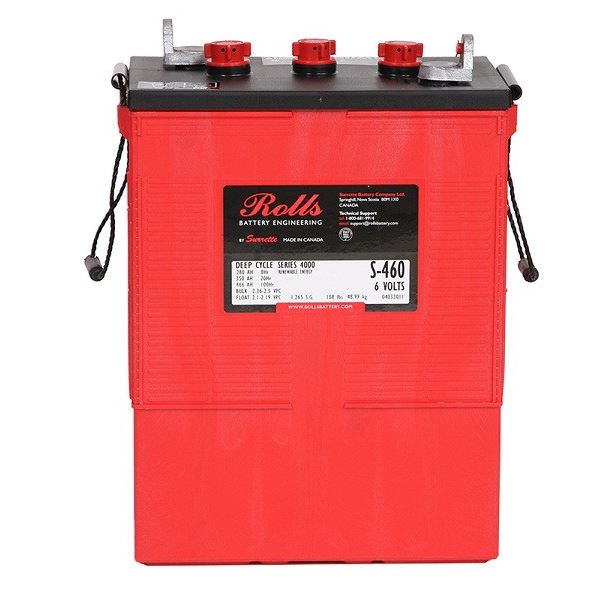Hello, I'm new. I signed up just to find this out. It's important for me. Sorry for any speech mistakes as English isn't my language.
So, I explain my problem.
I have a 12V solar installation with an mppt charger. I also have a generator and a battery charger that can charge at 12 and 24. Recently it's been very foggy for 2 weeks and also cold. All day the light intensity has been like that of the evening, so I've had to be using the generator.
The problem is that the battery charger charges very little. With very low batteries its ammeter shows about 7, but after some time it goes down to 2. I think the problem is the charger voltage is too low and it gets worse if the batteries are cold. So I've been wasting a lot of gasoline and in the morning the lights went off anyway.
So, as the battery charger can charge at 24 (you select it with a switch), I desconnected the solar panels from the mppt and connected the battery charger to the mppt thinking that it would adjust the 24V to the right voltage for the batteries. The mppt can manage an input voltage up to 100V.
But for some reason it doesn't work. Here is what happens. I switch the contraption on. The ammeter goes slowly up till it reaches about 12. Then it goes suddenly to 0. Goes up again to about 5 and again to 0. Then it keeps going up to about 3 and returning to 0, but staying at 0 most of the time. Batteries don't get charged at all.
It's all a big mistery to me. I guess the computer in the mppt does weird things for some reason.
Ok, that's the problem with my stuff. Thanks to anybody who can help me and have a nice day.
So, I explain my problem.
I have a 12V solar installation with an mppt charger. I also have a generator and a battery charger that can charge at 12 and 24. Recently it's been very foggy for 2 weeks and also cold. All day the light intensity has been like that of the evening, so I've had to be using the generator.
The problem is that the battery charger charges very little. With very low batteries its ammeter shows about 7, but after some time it goes down to 2. I think the problem is the charger voltage is too low and it gets worse if the batteries are cold. So I've been wasting a lot of gasoline and in the morning the lights went off anyway.
So, as the battery charger can charge at 24 (you select it with a switch), I desconnected the solar panels from the mppt and connected the battery charger to the mppt thinking that it would adjust the 24V to the right voltage for the batteries. The mppt can manage an input voltage up to 100V.
But for some reason it doesn't work. Here is what happens. I switch the contraption on. The ammeter goes slowly up till it reaches about 12. Then it goes suddenly to 0. Goes up again to about 5 and again to 0. Then it keeps going up to about 3 and returning to 0, but staying at 0 most of the time. Batteries don't get charged at all.
It's all a big mistery to me. I guess the computer in the mppt does weird things for some reason.
Ok, that's the problem with my stuff. Thanks to anybody who can help me and have a nice day.





